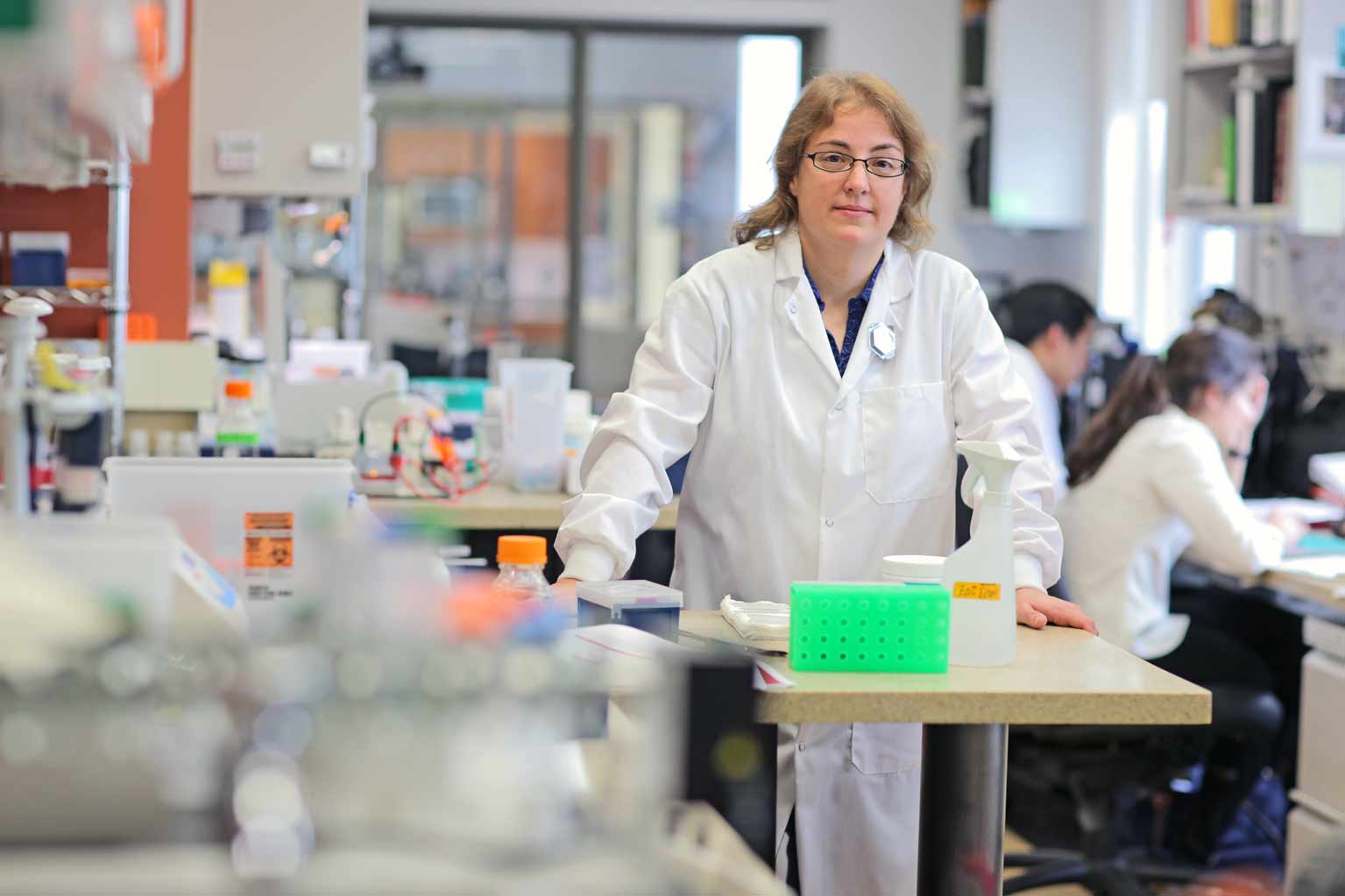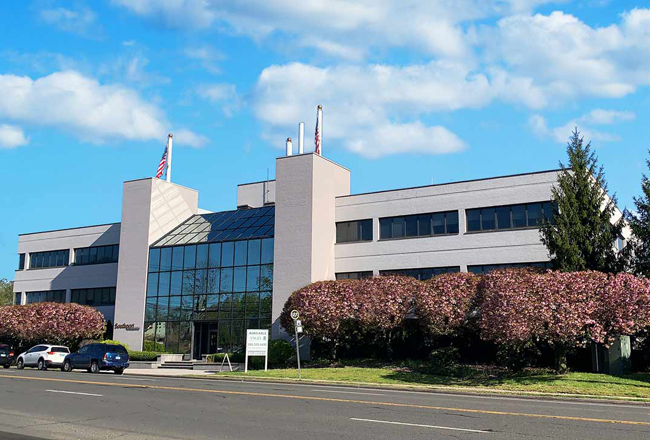
“The sky is really the limit in terms of what we can develop here and the impact we can have on these kids”™ lives,” Dianna E. Willis, the new director of research for the Burke-Blythedale pediatric neuroscience research collaboration, told the Business Journal during a recent interview.
The Burke Neurological Institute, based at the Burke Rehabilitation campus in White Plains, and Blythedale Children”™s Hospital in Valhalla three years ago established the first partnership in New York state between a research institute and a children”™s specialty hospital to study and treat the nervous system in children.
Willis holds a doctorate in molecular biology and genetics from the University of Delaware. She had a postdoctoral fellowship in neurobiology at the Alfred I. duPont Hospital for Children. She is assistant professor of neuroscience at the Brian and Mind Research Institute of Weill Cornell Medical College in addition to directing Burke”™s Laboratory for Axonal and RNA Biology.
Neurological issues in children manifest themselves in different ways. The collaboration has been working on taking basic neuroscience research being conducted at Burke and creating clinical applications to enhance treatment for children with neurological impairments at Blythedale. The collaboration involves about a dozen researchers at work in Burke”™s labs and a dozen or so clinicians who are directly involved at Blythedale.
The collaboration involves three main areas of research: vision recovery, evaluating and treating children with vision impairment; hemiplegia, paralysis that affects one side of the body and can be partial or total; and cognitive neurorehabilitation, designed to restore nervous system functioning to improve memory, thinking and feeling. Glen Prusky heads the vision research. Kathleen Friel, director of cerebral palsy research, heads hemiplegia research. Sudhin A. Shah heads the neurorehabilitation research.
The collaboration was originally intended to run for five years and is in its third year.
“The investment that they”™ve made is not small and I think it”™s very gutsy,” Willis said. “It”™s a minimum of $500,000 a year for five years. It”™s a minimum of two and a half million dollars. It”™s not something that they can charge for or bill for. It”™s an investment that they say is critical to doing exactly what their mission is and that”™s to improve treatment.”
Willis explains that one goal is to develop ways to measure the effects of various therapies so that any effects new treatments or changes in existing treatments are having on patients”™ conditions can be properly tracked. “One of the problems in treating injured kids is that they”™re not often able to tell you or interact with you to tell you what their capabilities are. So, how do you measure vision in a child who is not able to respond to you? They”™re either too young to be verbal or they”™ve had an injury that prevents them from verbally responding.”
In the cognitive recovery program, the issue becomes measuring changes in brain activity.
“If you bring kids into a hospital they”™re going to improve. But, there was no way of measuring that improvement in a systematic way. There are lots of ways of measuring systematically which have been established for adults, but no one has brought that into the childhood population,” said Willis.
Willis said that one goal in the hemiplegia program is to understand where a child”™s deficit is based. Is it a loss of motor function or sensory or a combination? The plan is for studies to pave the way for developing new approaches to treatment.
“Should we train both sides of the body or should we train only the weak side? How often should we train them? What is the best therapeutic approach? How can we improve those approaches by things like noninvasive brain stimulation?” Willis asked.
The work of the collaboration is entering a new phase.
“Our goal is to design well-powered, very rigorous studies to ask questions about whether a certain treatment is having an effect,” Willis said. Without the ability to measure in a scientific way the effects of various therapeutic approaches, it”™s not possible to know whether something that looks promising in the laboratory really can become a breakthrough treatment for patients, she said.
“We now know what most kids normally look like in terms of their recovery. If we add a therapeutic (drug) and we begin to see a deviation from that normal recovery curve we could say, ”˜Hey, this is something which might actually be having an effect”™ and we can begin to really now assess therapeutic approaches in a rigorous way we couldn”™t do before.”






















